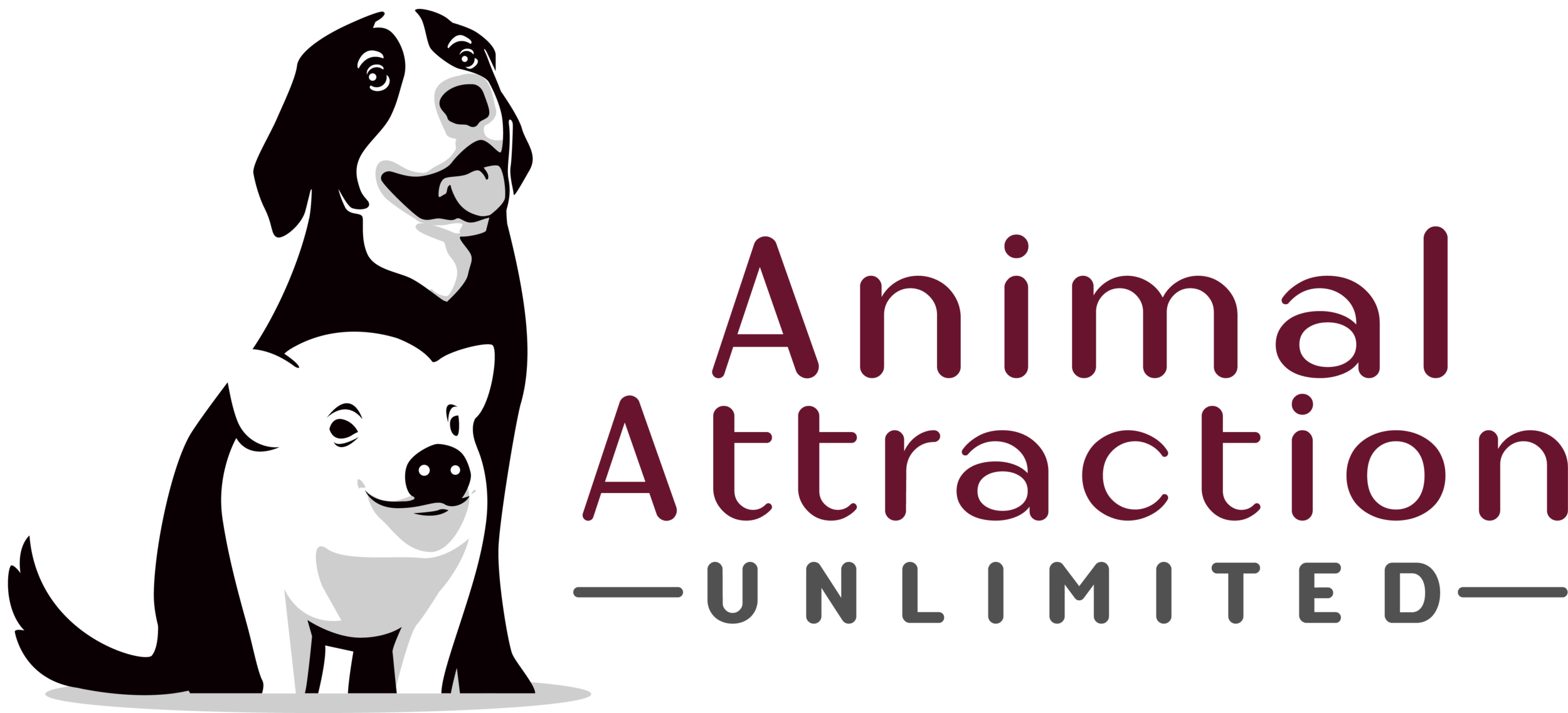Dog Training: Setting Up for Success, Not Failure
This podcast episode delves into the common pitfalls dog owners face when unintentionally setting their dogs up for failure during training. The hosts discuss how frequently, instead of proactively guiding their dogs toward desired behaviors and reinforcing them, owners react to unwanted behaviors. For example, a dog jumps on a guest, is then told to sit, and is only rewarded for sitting after the unwanted jumping has occurred.
The speakers emphasize that dogs aren't intentionally trying to be "good" or "bad"; they are simply trying to find the most effective way to get their needs met, often attention. Jumping might be a learned behavior because polite, calm greetings have been ignored.
They highlight several key misconceptions that lead to setting dogs up for failure:
Believing dogs inherently know the "right" thing to do: Owners often don't realize that dogs need to be explicitly taught and consistently reinforced for desired behaviors.
Thinking training is solely about teaching the behavior: The crucial aspect is making the desired behavior more reinforcing than the undesirable one.
Assuming a dog generalizes learned behavior easily: Just because a dog knows "sit" in the kitchen doesn't mean they'll automatically sit calmly when someone comes to the door.
Misunderstanding the importance of consistent reinforcement: Owners often fail to reward desired behaviors because they think the dog "should" be doing it anyway.
The podcast also touches on how testing a dog's limits before they have a solid foundation of training often leads to failure. They use the example of a dog that is sometimes okay with strangers being left off-leash, leading to negative reactions when the dog isn't comfortable.
The hosts stress that effective training involves:
Setting the dog up for success: Controlling the environment and anticipating situations to guide the dog to make the right choices. 1
1. Managing the Environment when training your dog - Ark-Valley Humane Society
Having a clear picture of the desired behavior: Knowing what you want the dog to do in specific situations.
Helping the dog achieve the desired behavior: It's the owner's responsibility to guide and support the dog.
Making the right behavior reinforcing: Ensuring the dog finds the desired action rewarding, so they choose it again.
Generalization: Understanding that behaviors learned in one context need to be taught and reinforced in various situations.
The discussion extends to the on-leash to off-leash transition, where owners often mistakenly believe taking the leash off equates to freedom to disregard training. They also critique the disconnect seen in some competition obedience dogs that perform flawlessly in the ring but exhibit poor manners outside of it, often excused by owners as the dog "just being a dog."
Ultimately, the podcast argues that setting dogs up for success, focusing on reinforcement, and understanding the dog's motivation are fundamental concepts that are often missed, hindering effective and lasting training. They conclude that consistent reinforcement and understanding these core principles are far more critical than simply teaching commands.
